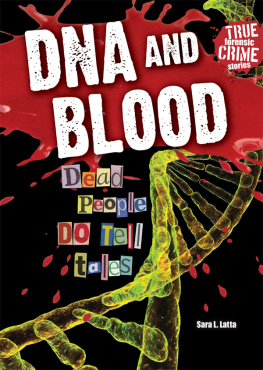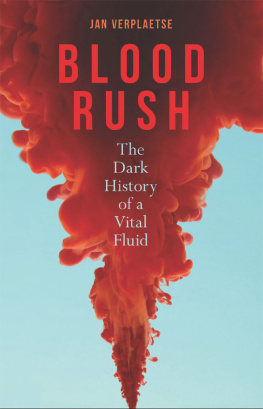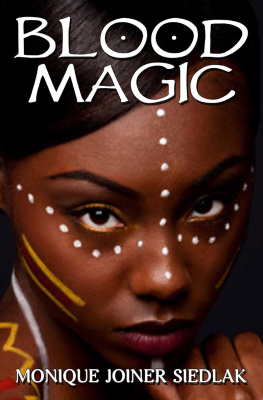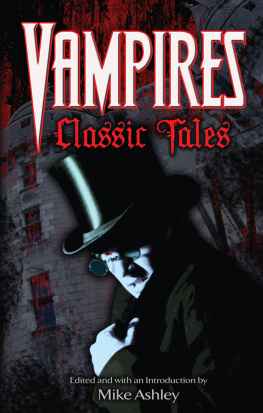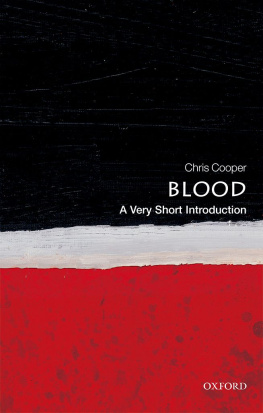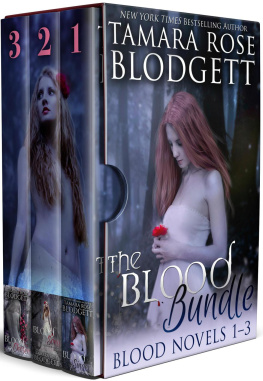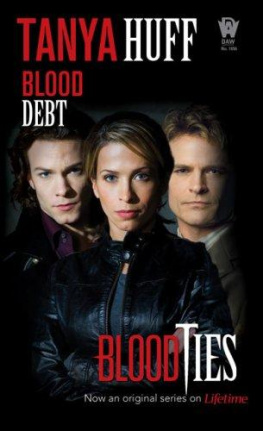To L EE , A NNE , R OBERT ,
E DWARD , M ARGARET ,
J AMES, AND M ICHAEL .
Apparently, blood really
is thicker than water.
Copyright 2012 by HP Newquist
All rights reserved. For information about permission to reproduce selections from this book, write to Permissions, Houghton Mifflin Harcourt Publishing Company, 215 Park Avenue South, New York, New York 10003.
Houghton Mifflin Books for Children is an imprint of Houghton
Mifflin Harcourt Publishing Company.
www.hmhbooks.com
The book design is by YAY! Design.
The text of this book is set in Goudy Old Style.
Photo credits are on .
Library of Congress Cataloging-in-Publication Data
Newquist, H. P. (Harvey P.)
The book of blood : from legends and leeches to vampires and veins /
HP Newquist.
p. cm.
ISBN 978-0-547-31584-3
1. BloodJuvenile literature. I. Title.
QP91.N45 2012
612.11dc23
2011025134
Manufactured in China
LEO 10 9 8 7 6 5 4 3 2 1
4500353174
Introduction
RED. WET. STICKY. GROSS. MOST OF ALL, RED. BRIGHT RED.
All of these words are used to describe the most important liquid in your body: blood.
Its not just you, of course. Fish, birds, mammals, insects, and every person on the planet has blood, too.
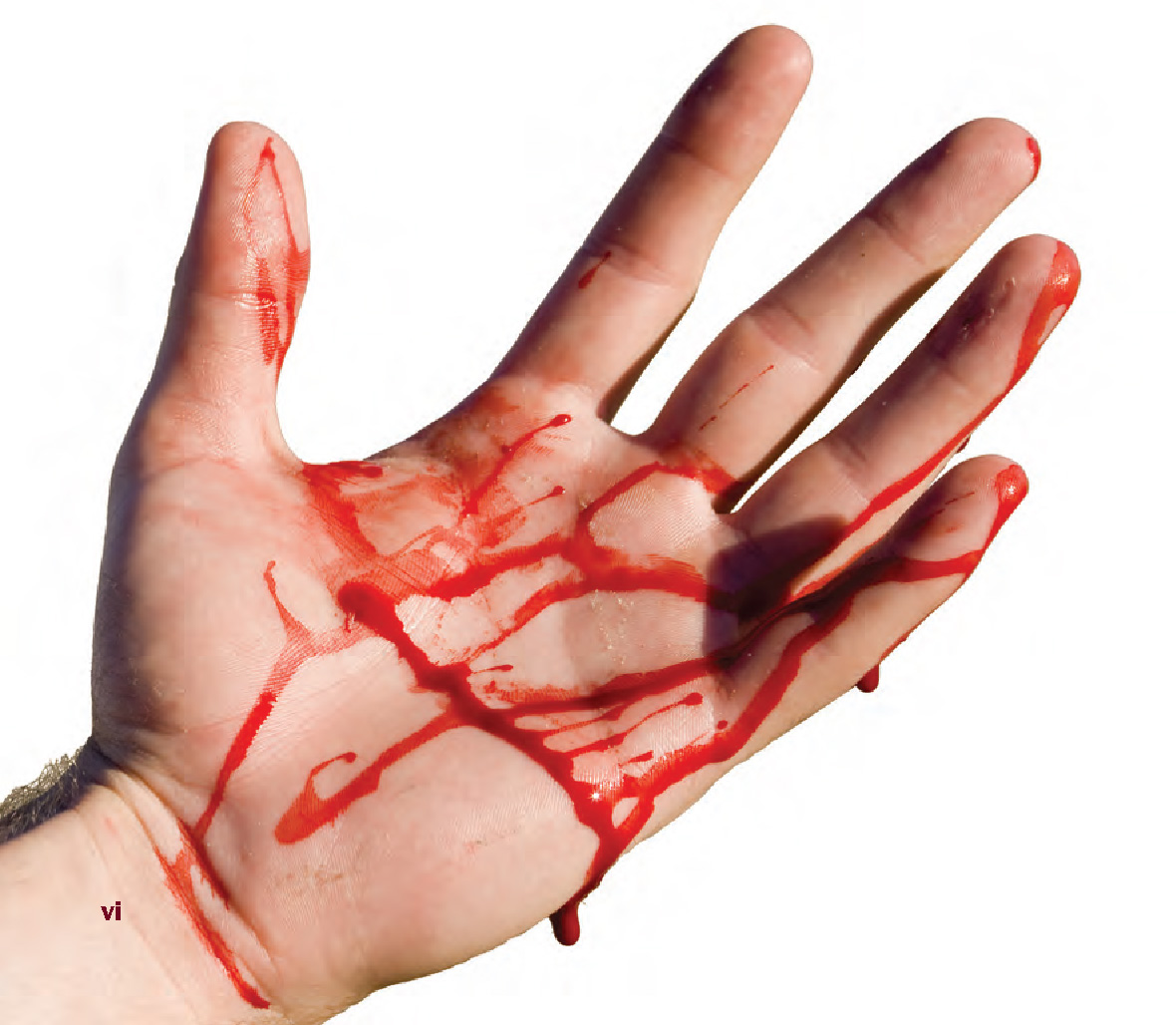
The sight of blood from a wound causes many people to feel faint.
Blood is pervasive. Bloodas a symbol, as a living tissue, even as a wordis important to every culture in the world. It is used in language to describe extreme situations or events. For example, blood brothers are people who have a very close relationship, while the phrase bad blood between them describes people who are spiteful toward each other. Blue bloods are members of a royal or very rich family who are thought to be different from common peopleright down to the color of their blood. A blood oath is an oath that can never be broken. Cold-blooded refers to someone who appears to have no feelings or compassion. Bloodthirsty is used to describe the rulers of countries who regularly engage in war, with battles that might end up as bloodbaths. Something that makes you extremely angry makes your blood boil. And in England, bloody is used as a curse word.
Despite its importance to our lives, there has always been an ick factor surrounding blood. From vampires to scary movies, the thought of blood outside our bodies still gives most people the shivers. Bloodsucking vampires, blood transfusions in a hospital, and even the blood from a wound make many people queasy. They dont like to think that this red fluid fills up our insides.
Blood does give us a reason to pause, perhaps because of its bright red color. All over the world, red is the color of warning and danger. From stop signs and stoplights to fire engines and the flashing lights on ambulances, red is a color that we pay attention to. Similarly, the sight of blood causes us to freeze in our tracks.
There is more to blood than that its red and kind of gross. It is an extremely complex fluid that moves through you your entire life without ever stopping. Most important, it keeps you alive. Blood delivers fresh oxygen to your cells, protects you from disease, and sweeps the waste from your organs from the moment you are born.
Scientists are still discovering things about blood almost every day. In fact, only in the last one hundred years have scientists come to understand just what blood is and what it does. And what it is, and does, is quite amazing.
CHAPTER 1
Real Blood
There is probably nothing scarier to many of us than seeing blood suddenly rush out of a wound. But without blood, people couldnt live. That red liquid is keeping you healthy, allowing you to think and play, and making sure your body gets everything it needs to grow and stay alive.
Youve seen blood, probably coming out of your own body. This doesnt happen on purpose: You run into someone while playing a game, bang your face, and your nose starts bleeding. You open an envelope with your finger, get a paper cut, and then a razor-thin line of blood rises on your skin. You fall off your bike, and your scraped knee spills blood. You lose a tooth, and blood shows up in your mouth.
You see the blood, and you experience a moment of shock or fright that it has shown up outside your body. But the red liquid stops flowing, hardens, or is wiped off, and then you forget about it. It was there briefly, and then it went away.
There probably wasnt much blood, maybe a tablespoon at most. It was only a small amount of the blood that continued to swirl through your body, rushing as fast as if it were flowing through a faucet. You went back to what you were doing, and your blood kept doing what it has done ever since you were born: keeping you alive.
Blood looks too simple to be so important: just a bright red splash of liquid that seems as if it isnt much different from paint or fruit juice or cherry-colored water. But blood is not a simple red liquid. It is very complex and contains many components, which are so small you need a microscope to see them. Think of these components as being similar to the ingredients in a chocolate milk shake. While a glass of pure orange juice is made up only of the liquid squeezed from an orange, a chocolate milk shake is made up of many different things. There is the milk, sugar, and flavoring that create the ice cream. Then there is chocolate syrup, which has cocoa butter, sugar, corn syrup, preservatives, and a host of other ingredients. When blended together, these unrelated ingredients form one unique liquid: a milk shake.
Like a chocolate milk shake, a lot of things go into making your blood. This starts with plasma, a pale, gold-colored liquid that makes up half of your blood. Most of your plasma, about 90 percent, is made up of water. The watery nature of plasma helps blood flow through your body. Think of plasma as the river in which all the other blood parts float along together.
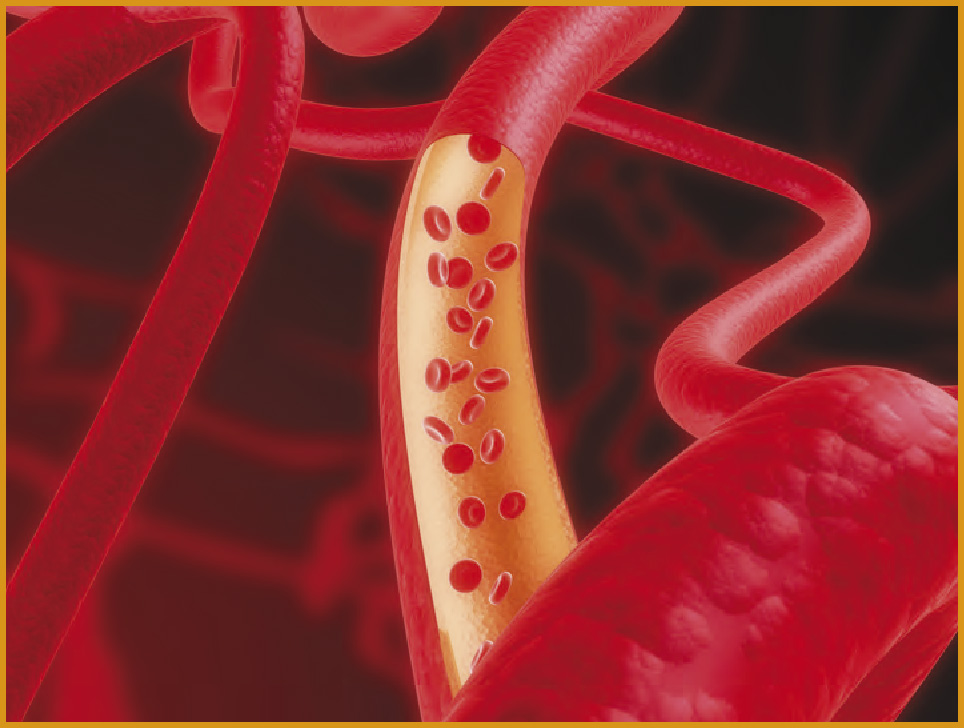
One drop of blood is mostly plasma, with red blood cells, white blood cells, and platelets floating inside it.
The next biggest ingredient in blood is red blood cells. These are round, partly flattened cells that carry hemoglobin. Hemoglobin is a protein, and proteins are substances that contain elements such as oxygen, nitrogen, and carbon. Living beings use proteins to carry nutrients and to trigger many biological processes. Hemoglobin, in particular, contains iron atoms that attract oxygen atoms. When red blood cells enter your lungs, the hemoglobin picks up oxygen and carries it to other parts of your body.
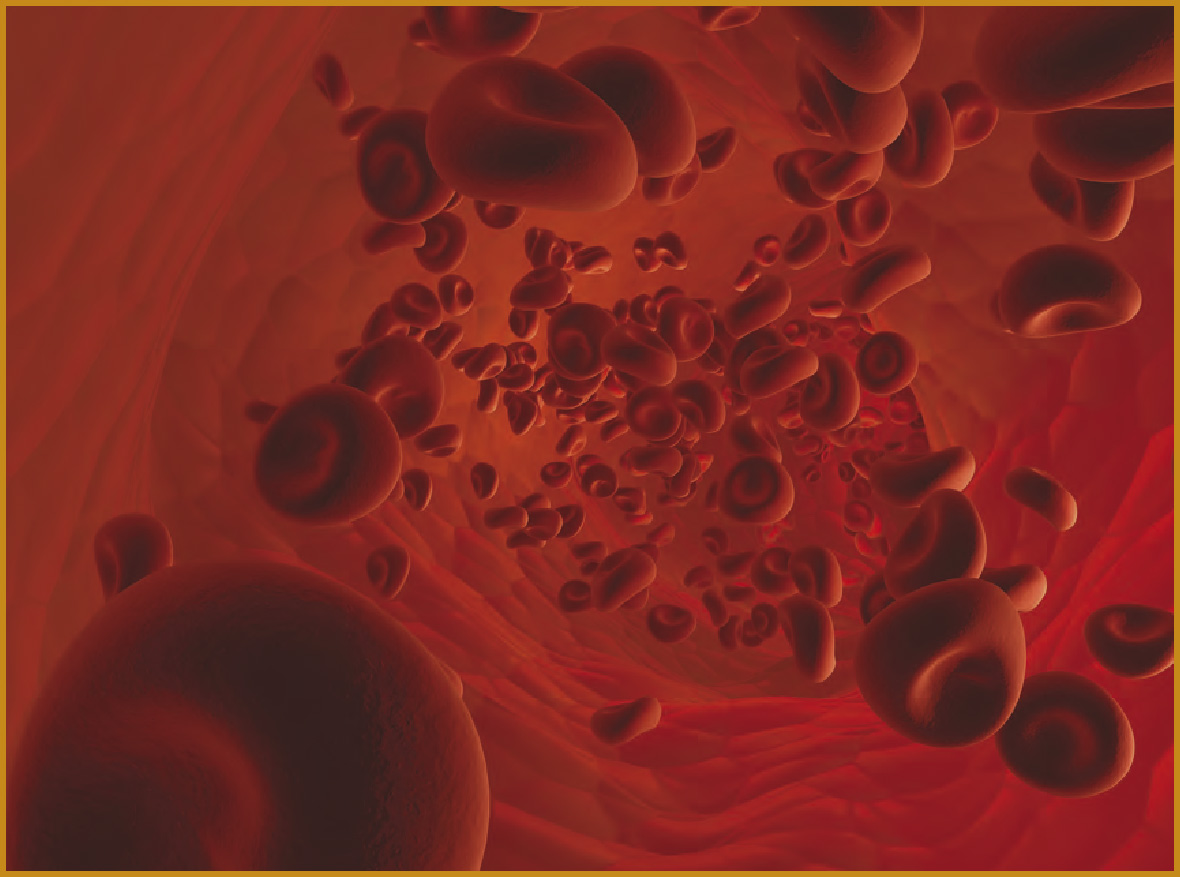
Red blood cells are shaped like disks with slight depressions in their center. They get brighter red when they fill with fresh oxygen.
Hemoglobin turns bright red when it is filled with oxygen* And even though plasma is gold colored, nearly half of your blood is made up of red blood cells, so hemoglobin gives your blood its distinctive color.
Then we have white blood cells. There is approximately one white blood cell for every six hundred red blood cellsthats approximately 1 percent of your total bloodand they live for just a couple of weeks. Because there are so few of them, the white cells dont affect the color of your blood. (If there were as many white cells as there are red cells, we might be talking about pink blood.) White blood cells are like bodyguards for the inside of your body. They attack and eat bacteria, they eat dead cells in your body, they fight off parasites, and they tell your body when it needs to protect itself. Think of them as microscopic attack dogs. They also carry your DNA, which is the code to how your body is structured.
Next page


